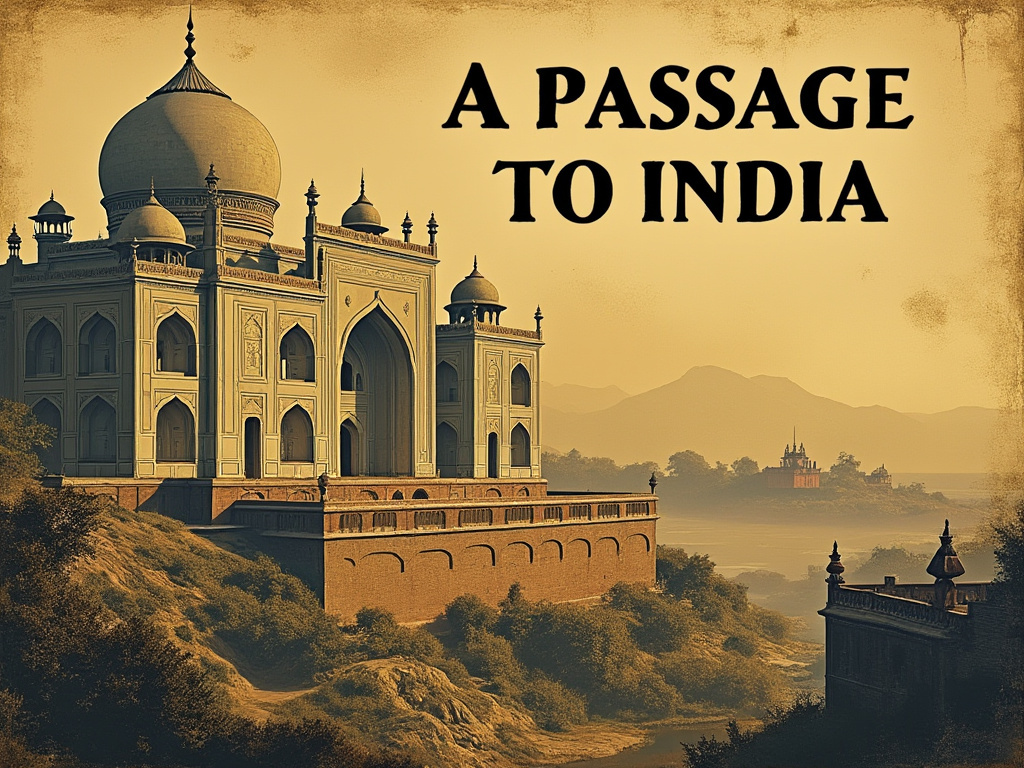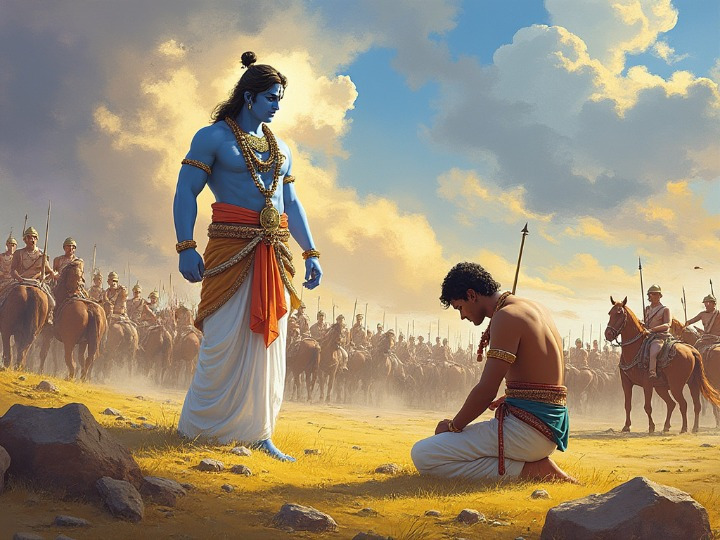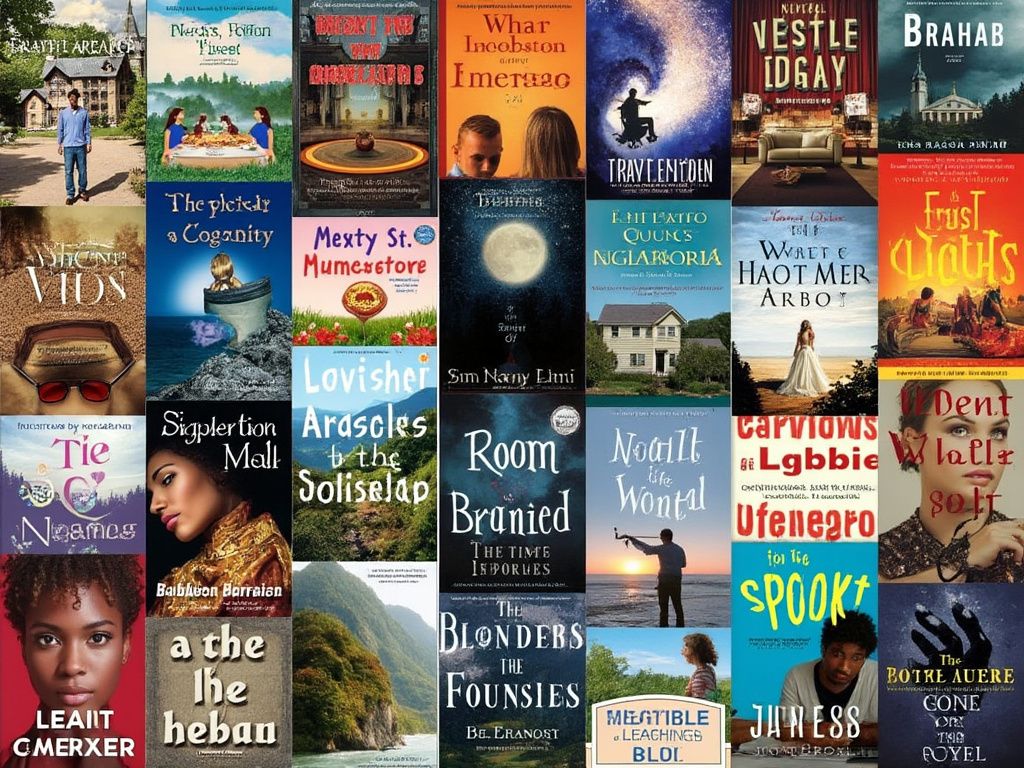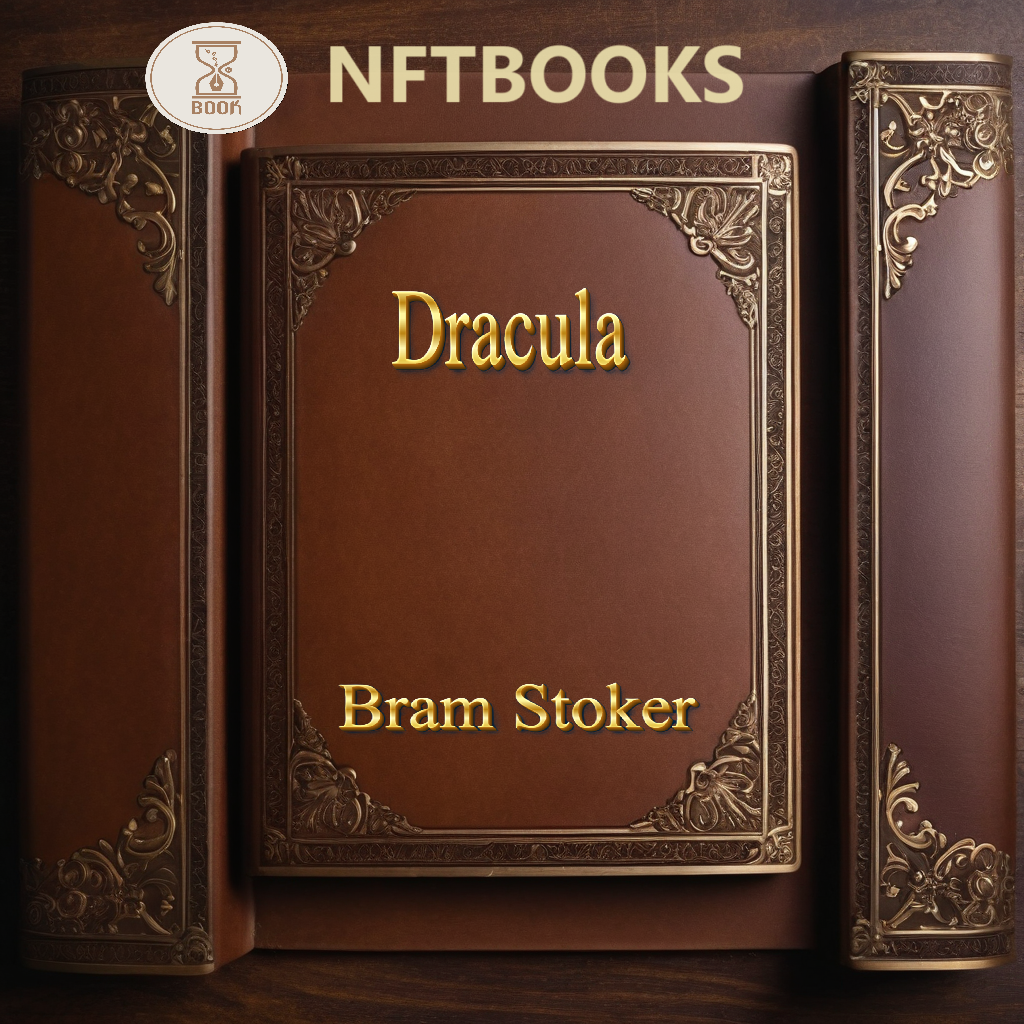E.M. Forster’s novel A Passage to India is a profound exploration of the complex and often turbulent relationships between the British colonizers and the Indian population during the British Raj. The novel A Passage to India is celebrated for its rich narrative and intricate portrayal of human interactions amidst the backdrop of cultural and racial tensions.

Intricate Relationships and Cultural Tensions
Set in the fictional city of Chandrapore, the novel introduces us to Dr. Aziz, a charming and well-respected Indian physician. The story unfolds when Dr. Aziz befriends two British newcomers, Mrs. Moore and Miss Adela Quested. Through this friendship, Forster delves into the delicate and often volatile dynamics between the British and the Indians. The novel A Passage to India masterfully captures the nuanced and multifaceted nature of these relationships, highlighting both the potential for mutual understanding and the deep-seated prejudices that can drive them apart.
One of the most compelling aspects of the book A Passage to India is its setting. Forster’s vivid descriptions of the Indian landscape and the bustling city of Chandrapore bring the story to life. The Marabar Caves, a central symbol in the novel, are particularly significant. These caves represent the enigmatic and inscrutable aspects of India that baffle and unsettle the British characters. The incident at the caves becomes a turning point in the novel, where the budding friendship between the British visitors and Dr. Aziz is tragically disrupted.
Themes of Spirituality and Human Connection
E. M. Forster’s A Passage to India delves deeply into spiritual and philosophical inquiry. Through Mrs. Moore’s experience in the Marabar Caves, Forster explores a crisis of faith and existential doubt with sensitivity. This spiritual exploration is further developed through the character of Professor Godbole, who represents India’s spiritual wisdom. The novel prompts readers to reflect on life’s deeper questions, faith, and the limits of human understanding.
The novel critiques British colonialism while offering a poignant examination of human connection. It highlights the challenges of bridging cultural divides, but also presents moments of genuine empathy and friendship. The bond between Dr. Aziz and Cyril Fielding, the British schoolmaster, exemplifies this complexity. Despite cultural differences, their deep connection challenges the societal norms of their time.
Portrayal of Cultural and Personal Transformation
A Passage to India also stands out for its strong female characters, Mrs. Moore and Adela Quested. Both characters are portrayed with great depth, each confronting their inner conflicts and societal expectations. Their experiences in India force them to grapple with their own prejudices and assumptions, leading to profound personal transformations.
Forster’s writing is both lyrical and incisive. He captures India’s beauty while critiquing the injustices of colonial rule. The narrative is rich with symbolism, from the oppressive Indian heat to the mysterious echoes of the Marabar Caves. These symbols serve to deepen the novel’s themes and convey the emotional states of its characters.
Acclaimed for its nuanced portrayal of colonial India, A Passage to India is a timeless classic. Forster expertly weaves personal stories with social and political commentary, offering insights into cultural conflict and reconciliation. The tensions between British and Indian characters are portrayed with empathy and insight, making the novel a powerful study of cross-cultural understanding.
A Passage to India remains relevant and thought-provoking. It explores cultural identity, colonialism, and the search for spiritual meaning, resonating with readers across generations.
In conclusion, A Passage to India is a masterpiece of 20th-century literature. Forster’s ability to capture the complexities of human relationships against the backdrop of British colonialism makes it a compelling and enlightening read. The novel continues to offer valuable insights into the challenges and possibilities of cross-cultural understanding.
You might be interested in reading this My Father is not a superhero as well.
More Book Reviews on NFTBOOKS platform is HERE.







